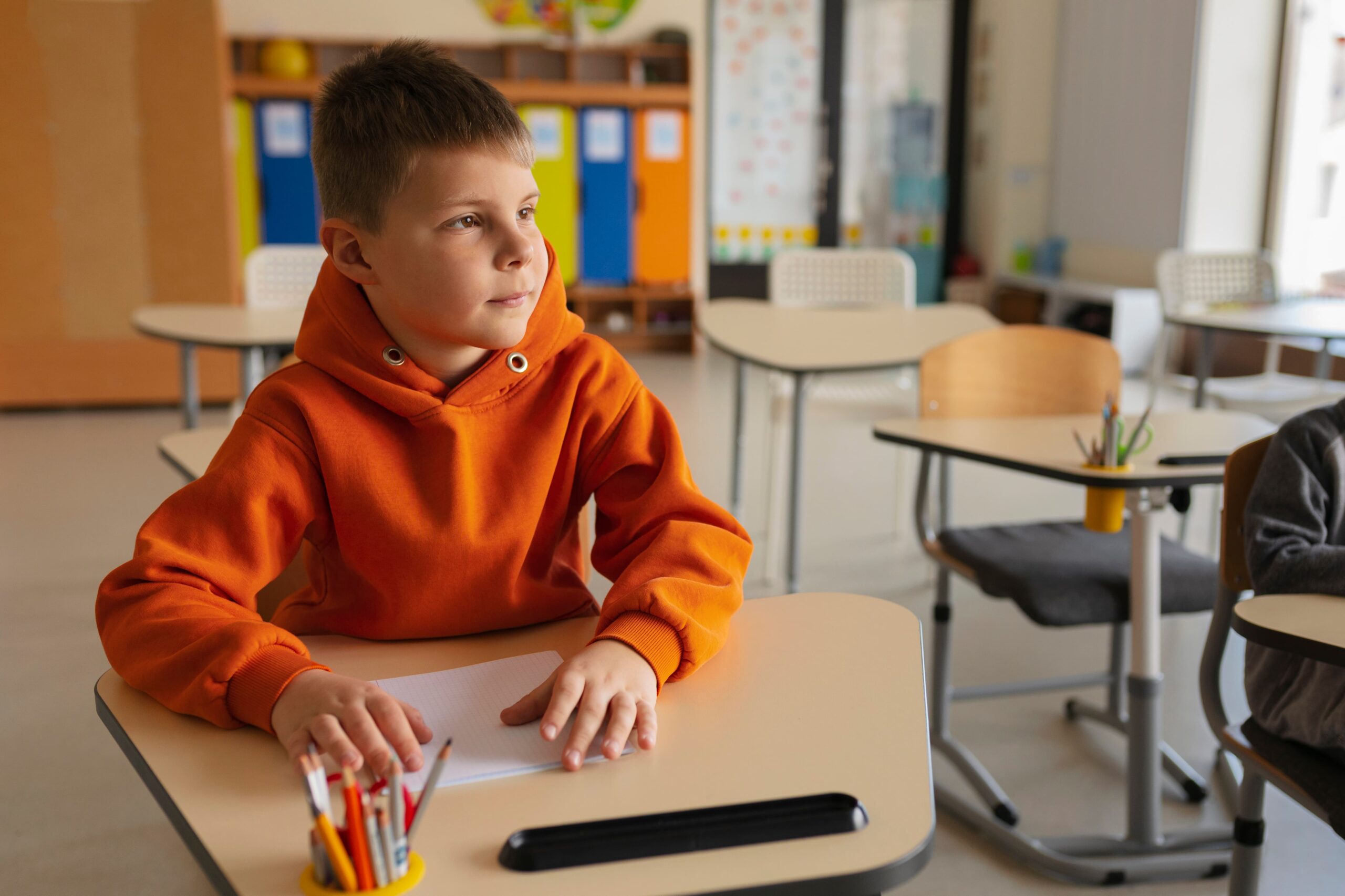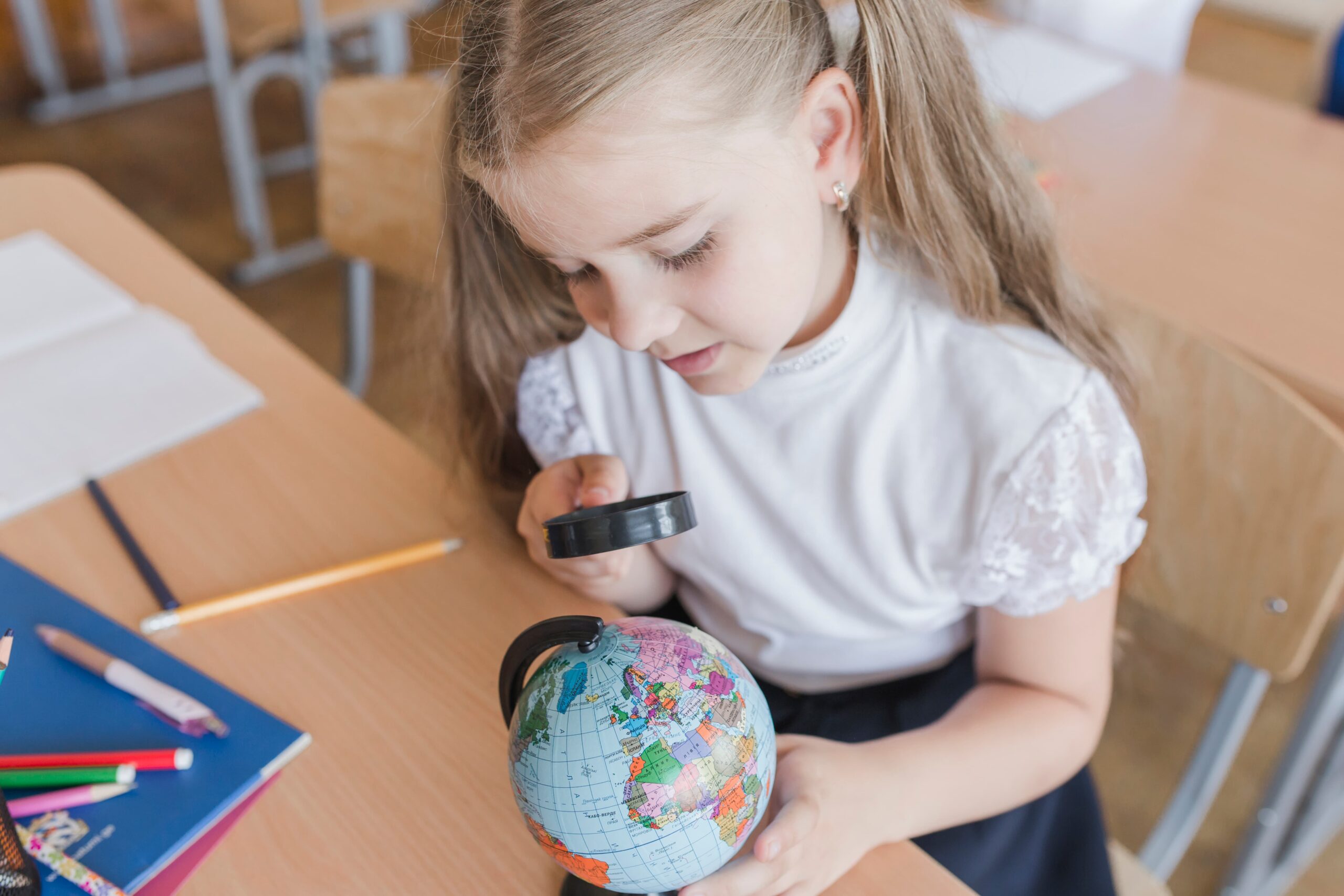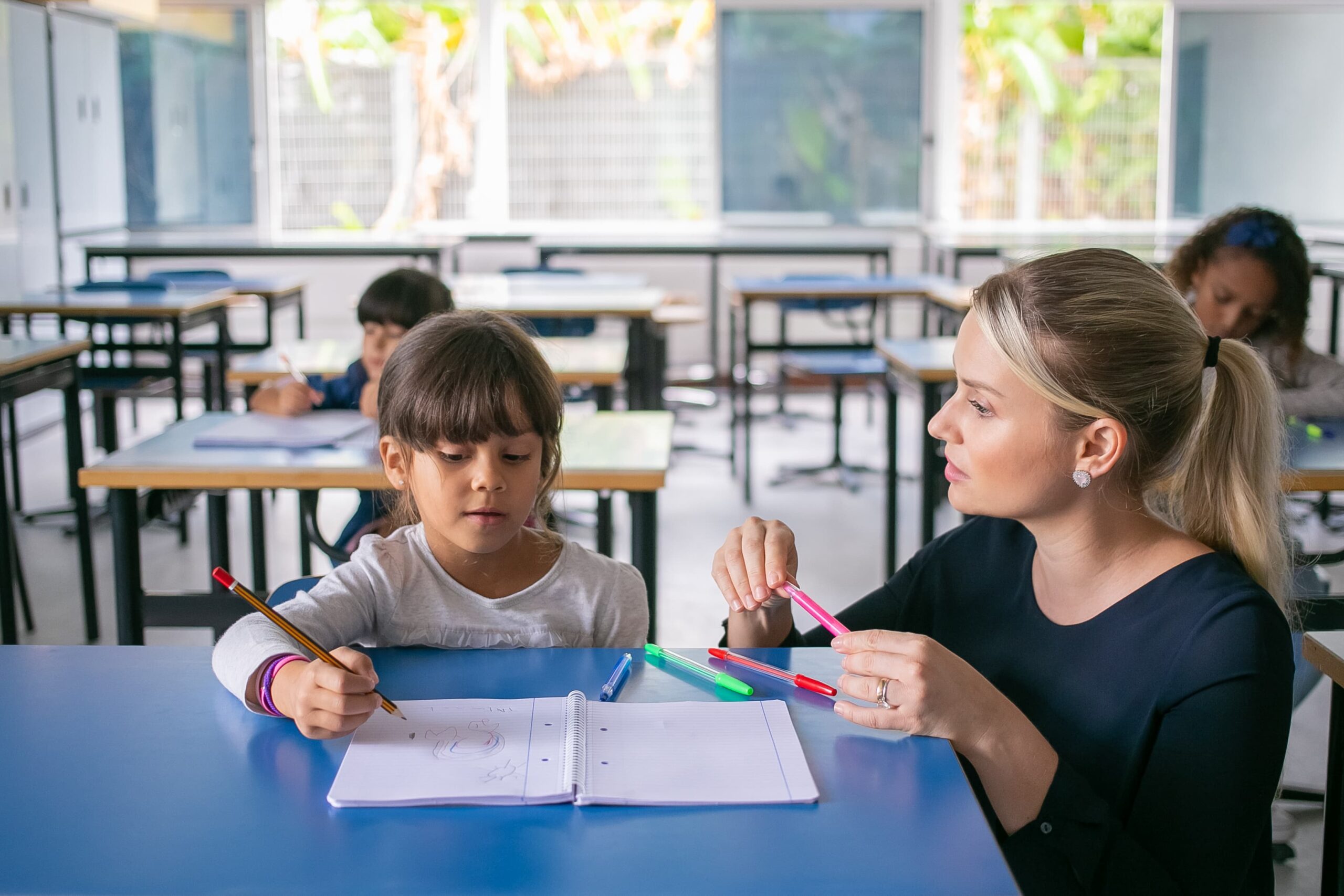Key Points:
- Early autism awareness helps build inclusive school environments where all students thrive.
- Educating students with autism requires tailored strategies and understanding from peers and staff.
- Early identification and intervention can significantly improve learning outcomes and classroom behavior.
When we talk about autism in schools, the focus often falls only on the children who are diagnosed. But autism impacts more than just one student; it shapes how classrooms function, how teachers teach, and how peers interact. That’s why early autism awareness for kids is vital, not just for autistic students, but for every child who shares that learning space.
Whether you’re a parent, teacher, or school administrator, fostering a culture of understanding around autism can directly affect learning outcomes, social development, and school climate.
In this article, we’ll dive into how early autism awareness influences education systems and explore actionable steps that support both autistic students and their classmates.

The Importance of Recognizing Autism Early in Educational Settings
The earlier autism is recognized and supported within schools, the better the outcomes for students. Autism early intervention doesn’t just apply at home or in clinical settings; it must also take root in the classroom.
Many children show signs of autism before school age, but in some cases, early symptoms may go unnoticed until academic and social demands increase. That’s where schools become a crucial setting for identifying and supporting neurodivergent learners.
Early intervention for ASD in school settings can involve:
- Classroom-based behavioral observations
- Collaboration between teachers, parents, and support staff
- Referrals for formal evaluations
- Integration of supports through IEPs or 504 plans
These steps can drastically influence how an autistic student transitions into the school environment and experiences education overall.
Autism’s Impact on Learning and the Need for Tailored Education
Autism can affect how a child processes language, follows instructions, engages with peers, and handles sensory stimuli. These differences can present challenges in a traditional classroom setup, where expectations may not align with a student’s unique learning style.
This is why education for autism must be individualized.
Some common learning-related difficulties autistic students might face include:
- Delays in receptive or expressive language
- Sensory sensitivities that affect concentration
- Difficulty with transitions or unstructured time
- Challenges in understanding social cues
Understanding the autism impact on learning helps educators move from managing behavior to creating truly supportive environments. In turn, this allows educating children with autism to become less reactive and more proactive.
Autism Awareness for Kids: Teaching Peers to Understand Differences
Children learn more than just math and reading at school. They also learn how to interact with others. Promoting autism awareness for kids is an essential part of creating inclusive classrooms.
When neurotypical peers understand why a classmate might communicate differently, avoid eye contact, or need breaks from group work, empathy increases and bullying decreases.
Here are practical ways to increase peer awareness:
- Classroom lessons on neurodiversity and inclusion
- Social stories or videos featuring autistic voices
- Role-play and discussions about acceptance and differences
- Peer mentoring programs
This type of education not only supports autistic students in the classroom but also enriches every student’s emotional and social growth.

How Educators Can Support Autistic Students in the Classroom
Educating students with autism requires more than a general understanding of the diagnosis. It takes purposeful, practical strategies that address behavior, communication, and learning needs daily.
Some effective methods include:
- Using visual schedules and step-by-step instructions
- Allowing extra time for transitions between tasks
- Creating quiet areas for sensory breaks
- Incorporating special interests into lessons to increase engagement
- Offering choices to build autonomy and reduce frustration
These strategies don’t just help autistic students but also often benefit all learners by promoting structure, clarity, and flexibility.
Successful special education support also depends on well-trained staff and access to specialists such as speech therapists, occupational therapists, and behavior analysts.
Creating Inclusive Classrooms with the Right Support
Inclusion is more than placing autistic students in general education classrooms. It means creating a space where they are truly able to learn, participate, and thrive.
True inclusion involves:
- Educator training in autism education
- Ongoing collaboration between general and special education staff
- Regular review and updates to IEPs or accommodations
- Involving parents in goal-setting and progress discussions
With these elements in place, educating children with autism becomes a shared effort that promotes both academic and social growth.
It’s also crucial to build classrooms where neurotypical students see autism not as something “wrong,” but as a difference to be respected and embraced.
Early Intervention Makes a Lasting Difference
Early support can lead to significant improvements in communication, behavior, and academic skills. When schools prioritize early intervention for ASD, they reduce long-term barriers to learning and social participation.
Some benefits of early intervention in school include:
- Improved ability to follow classroom routines
- Enhanced peer relationships
- Better emotional regulation
- Greater independence and academic success
Collaboration between ABA professionals, teachers, and parents is key to maximizing these benefits. While early therapy often begins at home, school-based autism early intervention ensures consistent skill-building across environments.
The Bigger Picture: Why Early Awareness Helps Every Student
When schools embrace autism awareness early and proactively, everyone benefits.
Teachers gain insight into how to reach different learners. Autistic students get the support they need to succeed. And peers grow up understanding and valuing diversity.
Early awareness also lays the groundwork for smoother transitions into later grades, reduces the risk of behavioral challenges, and empowers students with autism to advocate for themselves. Lastly, the long-term value of early awareness in schools extends beyond academic achievement, as it cultivates respect, reduces stigma, and builds stronger communities.
If you’re looking for support in navigating autism education, behavior planning, or early intervention, Empower ABA can help.
We provide ABA therapy services in New York and Virginia, helping families and schools work together to support autistic children in both academic and home settings. Empower ABA collaborates with educators and caregivers to create strategies that improve classroom behavior, increase independence, and build meaningful social connections.
Start today by reaching out to us to learn how evidence-based therapy can support your child’s educational journey.

